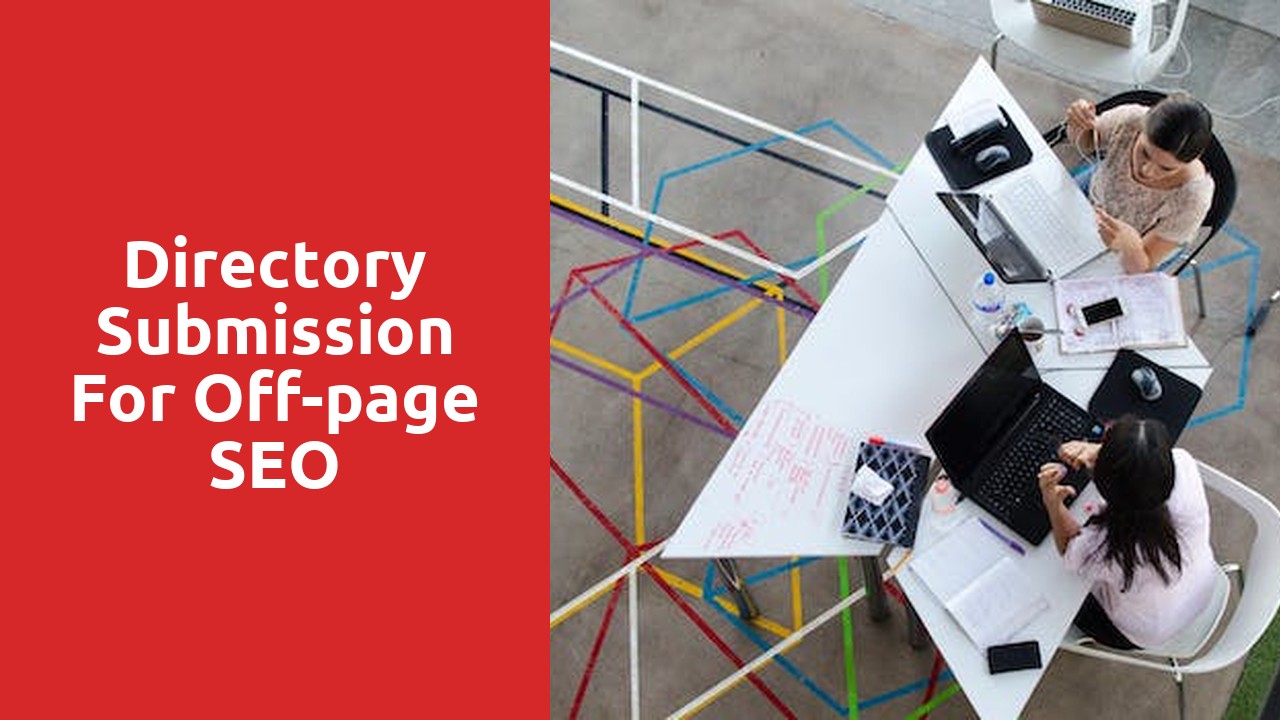Understanding the Importance of User Experience: Enhancing Engagement through Content
In today’s digital age, user experience has become a crucial factor in determining the success of a website or online platform. With countless options just a click away, users have become more discerning, seeking not just informative content, but an engaging and intuitive experience. It is no longer enough to simply provide valuable information; the way it is presented and accessed plays a significant role in capturing and retaining user attention.
A well-designed and user-friendly interface is vital to enhance engagement and promote a positive user experience. From the layout and navigation to the visual appeal and responsiveness, every aspect of the website should be optimized with the user’s needs and preferences in mind. By creating an intuitive and seamless browsing experience, users are more likely to explore further, stay longer, and ultimately convert into loyal customers or dedicated readers. Therefore, enhancing engagement through content alone is not enough; the overall user experience must also be taken into account.
Identifying Your Target Audience: Tailoring Content for Maximum Impact
Effective content marketing is crucial in today’s competitive business landscape. One key aspect of successful content marketing is identifying and understanding your target audience. By having a clear understanding of who your target audience is, you can create and tailor your content to resonate with them on a deeper level, increasing the chances of making a lasting impact.
To identify your target audience, start by conducting thorough market research. This involves analyzing demographic data such as age, gender, location, and income level. Additionally, consider psychographic factors like interests, values, attitudes, and behaviors. By gathering this information, you can create buyer personas that represent different segments of your target audience. These personas provide a more nuanced understanding of your audience’s motivations and preferences, allowing you to craft content that directly addresses their needs and desires.
The Art of Crafting Compelling Headlines: Grabbing Attention from the Start
Crafting compelling headlines is both an art and a science. In the vast sea of information and content that inundates us daily, grabbing attention from the start is essential to ensure that your message doesn’t get lost in the noise. A well-crafted headline has the power to captivate, intrigue, and entice readers, compelling them to click on your article or read further.
The key to a compelling headline lies in its ability to communicate the value and relevance of the content within just a few words. It should spark curiosity, invoke emotion, or promise a solution to a problem. By using concise and impactful language, you can create a sense of urgency or appeal to the reader’s desires and interests. Whether it’s through the use of a clever wordplay, a thought-provoking question, or a bold statement, a compelling headline should leave your audience craving to know more.
Creating Engaging Introductions: Hooks that Keep Readers Wanting More
Creating Engaging Introductions: Hooks that Keep Readers Wanting More
When it comes to capturing readers’ attention from the very beginning, a well-crafted introduction is essential. The opening lines of an article should not only set the tone for what is to come but also pique the readers’ curiosity, making them eager to delve deeper into the content. To achieve this, writers must carefully select a hook that instantly grabs the readers’ attention and entices them to keep reading.
One effective way to accomplish this is by starting with a captivating anecdote or personal story. By sharing an engaging narrative, readers are immediately drawn into the article, curious to discover how the author’s story relates to the topic at hand. For instance, in an article about conquering fear, the author might begin by recounting a personal experience of facing a daunting challenge. This approach not only hooks the readers but also establishes a connection and prompts them to continue reading to find out how the author overcame their fear.
Utilizing Visual Elements: Enhancing User Experience and Retaining Interest
In the digital age, where attention spans are dwindling and competition for user engagement is fierce, the utilization of visual elements has become paramount in enhancing user experience and retaining interest. Visual elements, such as images, videos, and infographics, have the ability to convey information quickly and effectively, capturing the user’s attention and immersing them in the content at hand. The power of visuals lies in their ability to evoke emotions and make a lasting impression, ultimately increasing the likelihood of user retention.
By incorporating visually appealing elements into websites, applications, and other digital platforms, businesses and content creators can create a more engaging and immersive user experience. Well-placed images can not only break up large blocks of text but also add context and depth to the content being presented. Videos, on the other hand, offer a dynamic and interactive experience, allowing users to consume information in a more visually stimulating way. Infographics are yet another powerful tool in conveying complex data and statistics, presenting them in a visually digestible format that is both informative and visually appealing.
Overall, the utilization of visual elements in digital content is a strategic and effective way to enhance user experience and retain interest. As users are increasingly drawn to visually captivating and interactive content, businesses and content creators must adapt and incorporate these elements into their digital strategies. By doing so, they can create memorable and engaging experiences that leave a lasting impact on users, resulting in increased engagement, conversions, and overall success.
Structuring Content for Readability: Organizing Information to Facilitate User Engagement
When it comes to creating content for online readers, structuring it for readability is crucial. Effective organization of information not only makes it easier for users to engage with your content, but it also enhances their overall experience. By presenting information in a logical and structured manner, you can help users grasp the main ideas more quickly and efficiently.
One key aspect of organizing information for readability is breaking it down into smaller, digestible chunks. By utilizing headings, subheadings, and bullet points, you can create visual breaks that make it easier for readers to scan the content and locate the specific information they are looking for. Additionally, using short paragraphs and concise sentences can further enhance readability and prevent readers from feeling overwhelmed.














